SCIENCE FICTION
EXCERPTS FROM THE STUDIO ONE MANUAL
EXPERIMENTS PART I
UC BERKELEY, MArch STUDIO ONE 2018
EXERCISES, AS PART OF STUDIO ONE 2019
Collecting images of the future, from home, from previous visions of the future, from newly acquired perspectives.
Stanley Kubrick’s 1968 Film 2001 established much of the framework and precedent for the visual language of modern science fiction. Whereas much previous science fiction had settled for inadequate and inconsistent props, costumes, and scenery in depicting the future, Kubrick’s canonical effort took advantage of the a singular directorial vision, the deep expertise of author and collaborator Arthur C. Clarke, and the availability of many dozens of NASA personnel (let go from NASA’s own real-world space efforts after the completion of Apollo flight hardware in 1966) to produce an integrated, exhaustive, and internally consistent design vision of the future. The resulting vision contains many qualities worthy of examination in our current endeavor. The vision of the future is based on a consistent system of projection into the future, extending trends of extraplanetary travel, reliance on technology, and the development of computer intelligence towards artificial intelligence towards a coordinated imagined universe and narrative. As a result, system produces a consistent scenario; the film is often perplexing, and never self-explanatory, but it is thoroughly consistent throughout in its visuals and narrative. Most essentially for our first encounter with a science-fiction universe, Kubrick’s dedication and the extended efforts of the staff of the film (including designers such as Harry Lange and Douglas Trumbull, and liaison to NASA personnel Fredrick Ordway III) produced a visually coherent and complex universe of props and structures, and their articulation in territories ranging from the surface of the Moon, to interplanetary space, to the orbit of Jupiter.
— Nicholas de Monchaux, STUDIO ONE Manual, 2018
UC BERKELEY, MArch STUDIO ONE 2018
EXERCISES, AS PART OF STUDIO ONE 2019
IMAGES
Collecting images of the future, from home, from previous visions of the future, from newly acquired perspectives.
Stanley Kubrick’s 1968 Film 2001 established much of the framework and precedent for the visual language of modern science fiction. Whereas much previous science fiction had settled for inadequate and inconsistent props, costumes, and scenery in depicting the future, Kubrick’s canonical effort took advantage of the a singular directorial vision, the deep expertise of author and collaborator Arthur C. Clarke, and the availability of many dozens of NASA personnel (let go from NASA’s own real-world space efforts after the completion of Apollo flight hardware in 1966) to produce an integrated, exhaustive, and internally consistent design vision of the future. The resulting vision contains many qualities worthy of examination in our current endeavor. The vision of the future is based on a consistent system of projection into the future, extending trends of extraplanetary travel, reliance on technology, and the development of computer intelligence towards artificial intelligence towards a coordinated imagined universe and narrative. As a result, system produces a consistent scenario; the film is often perplexing, and never self-explanatory, but it is thoroughly consistent throughout in its visuals and narrative. Most essentially for our first encounter with a science-fiction universe, Kubrick’s dedication and the extended efforts of the staff of the film (including designers such as Harry Lange and Douglas Trumbull, and liaison to NASA personnel Fredrick Ordway III) produced a visually coherent and complex universe of props and structures, and their articulation in territories ranging from the surface of the Moon, to interplanetary space, to the orbit of Jupiter.
— Nicholas de Monchaux, STUDIO ONE Manual, 2018



A person can take only one innovation at a time: either a new story told with an old language or an old story told with a new language.
— Tom Sachs, 2006
SHAPES
Distilling an image lexicon into meditations on the shape of things, then abstracting them
When constructing and filming the surface of Star Wars’ Death Star in 1976, former students and employees of Berkeley’s Institute for Urban Research and Development (IURD) deployed tech- niques used in urban simulation. Not just of camera motion (the Dykstravision computer-con- trolled model camera developed by John Dykstra in his work at Berkeley for Donald Appleyard) but also in the development of complex, urban-like surfaces from multiple, component parts and shapes. As a result, the surface of the Death Star, while seemingly almost infinitely complex, consists actual of only a few shapes, rotated and interleaved across its surface. A single complex language of shape and repetition is, therefore, allowed to construct an entire world.
— Nicholas de Monchaux, STUDIO ONE Manual, 2018

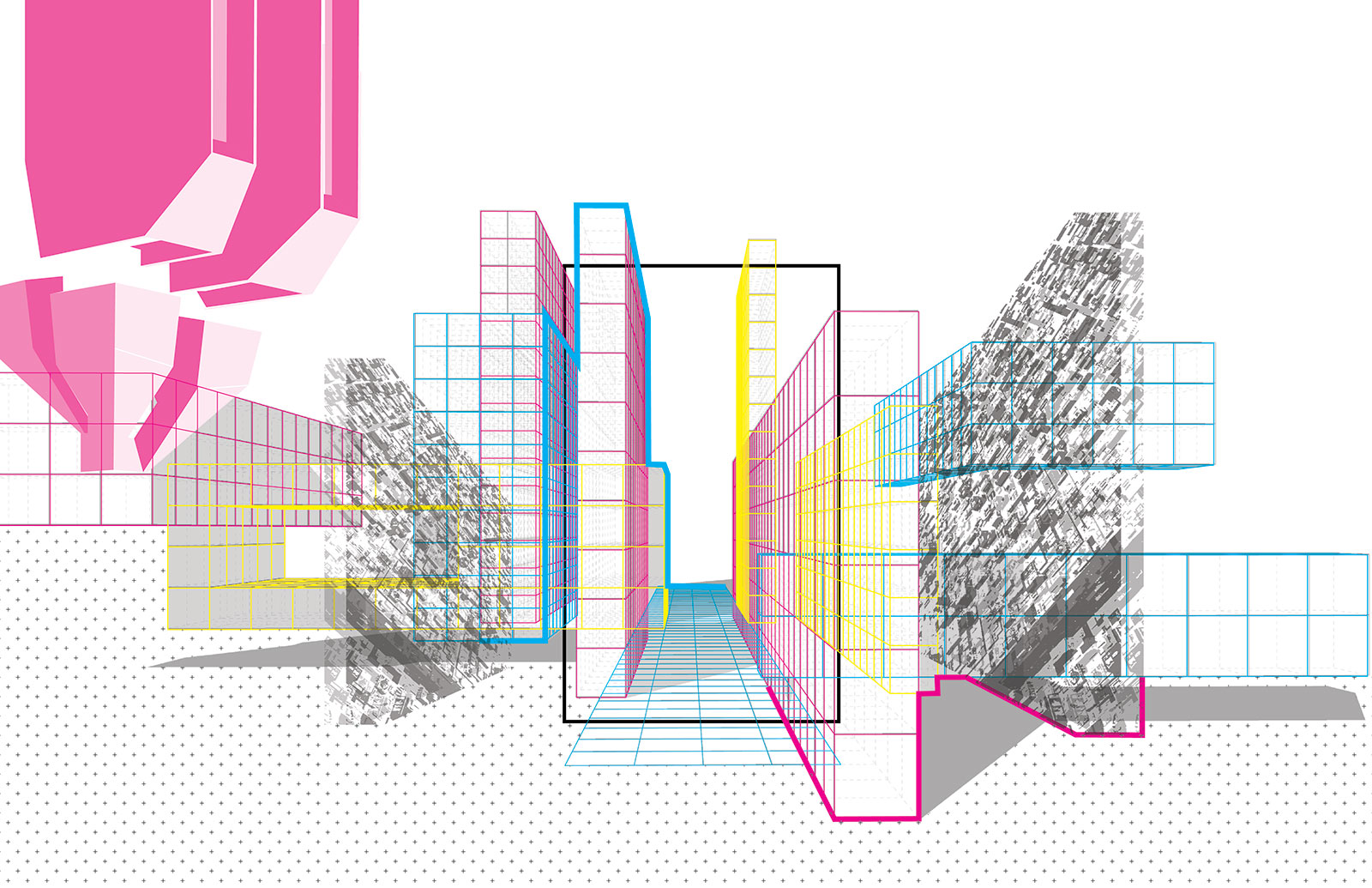
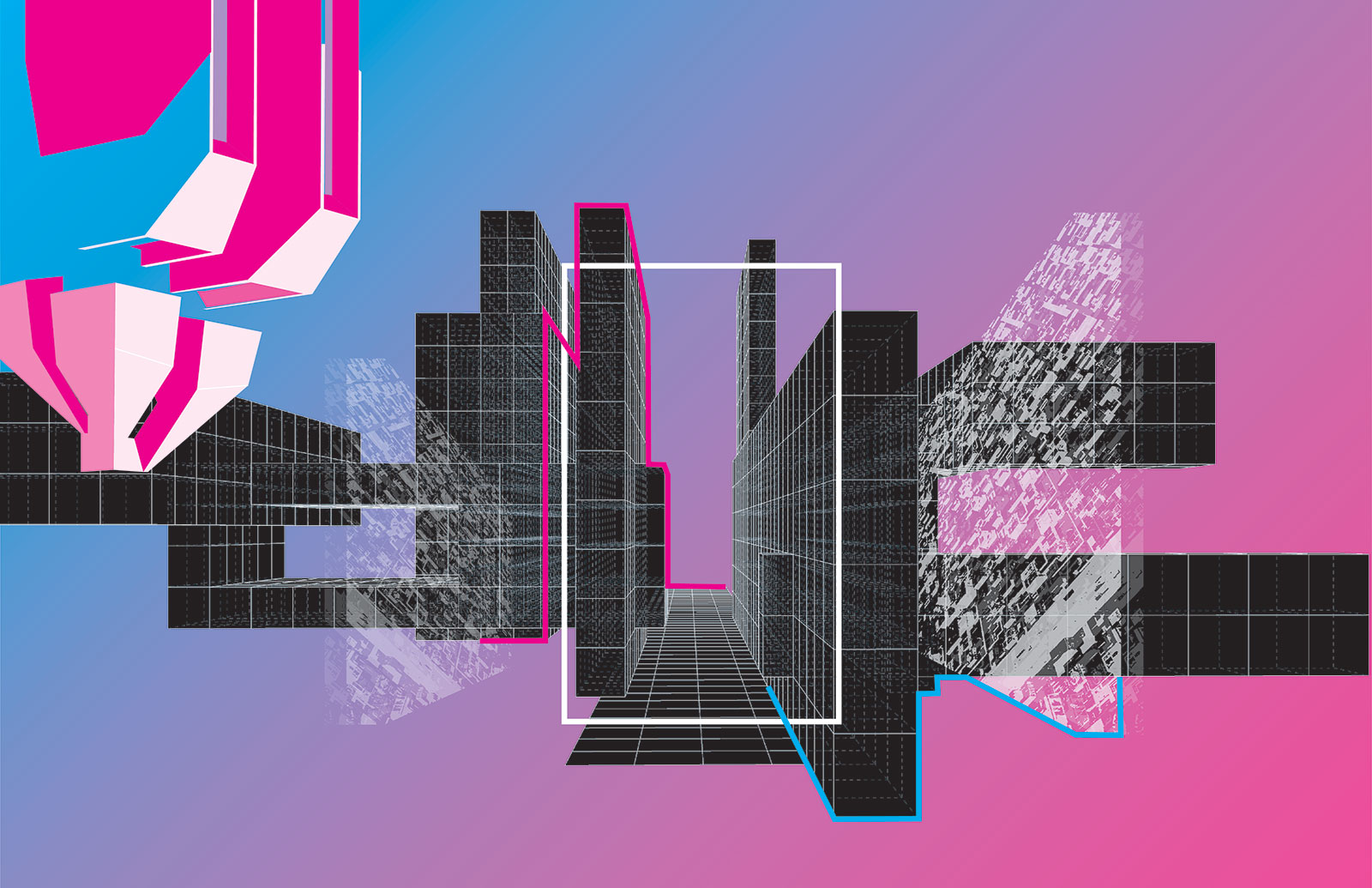

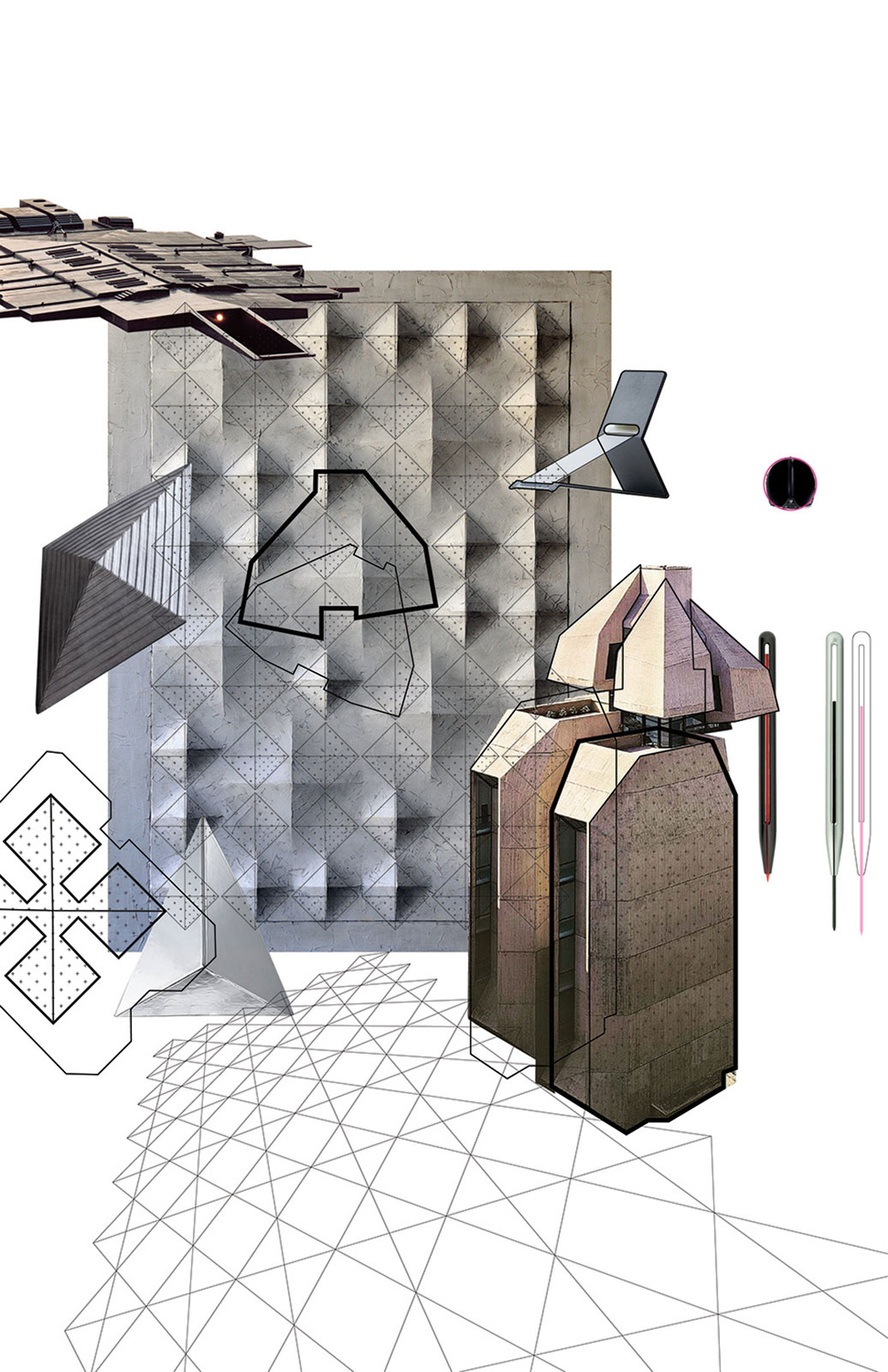



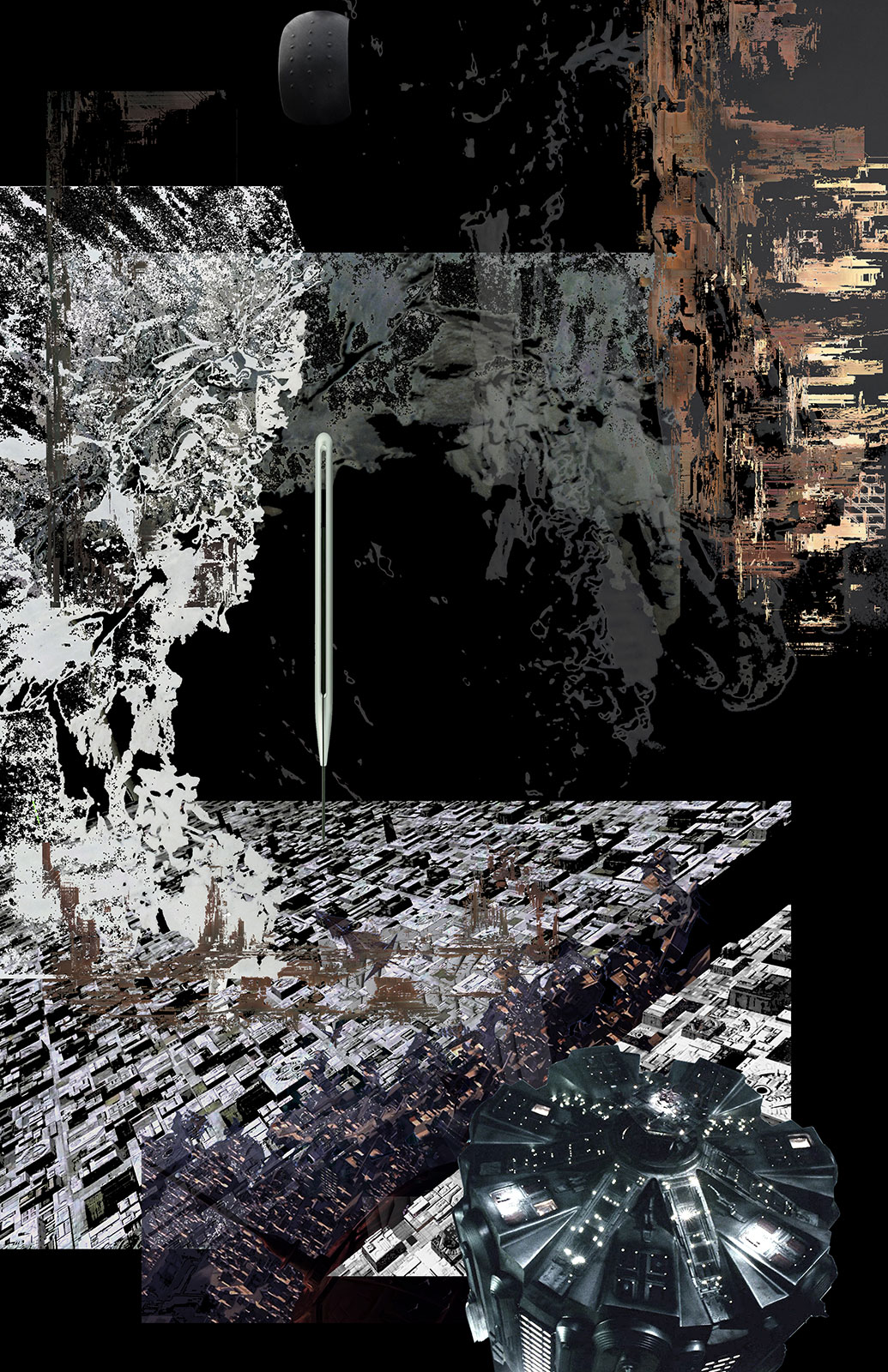

TERRITORIES
Tool for territorial sampling: the satellite eye(s) of Google Earth, approached as a flâneur.
FLÂNEUR: French flânerie, < flâner to lounge, saunter idly. A lounger or saunterer, an idle ‘man about town’. Also transf.
1854 Harper’s Mag. Aug. 411/2 Did you ever fail to waste at least two hours of every sunshiny day, in the long-ago time when you played the flaneur, in the metro- politan city, with looking at shop-windows?
1872 E. Braddon Life in India vi. 236 He will affect a knowledge of London life that only comes to the regular flâneur after years of active experience.
1876 ‘Ouida’ In Winter City vi. 149 An existence which makes the life of the Paris flâneurs look very poor indeed.
1896 G. B. Shaw in Sat. Rev. 17 Oct. 417/1 The boundary which separates the clever flaneur from the dramatist.
1938 H. G. Wells Apropos of Dolores i. 13 In Paris, in London I have been a happy flâneur; I have flâné-d in New York and Washington and most of the great cities of Europe.
1969 Computers & Humanities 4 29 The electronic age may yet see every man a flaneur.




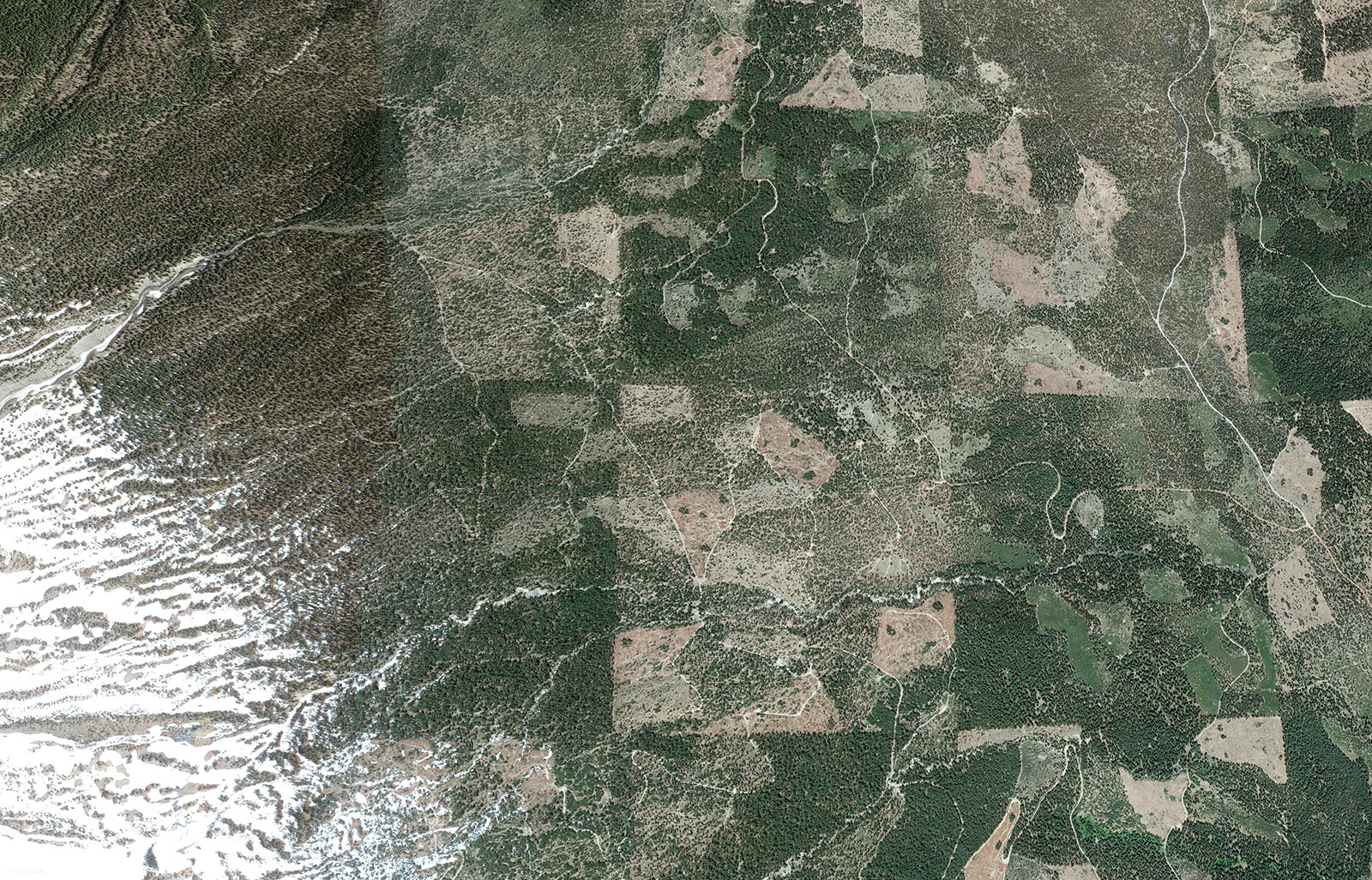

PROPS
Making a MacGuffin
It might be a Scottish name, taken from a story about two men on a train. One man says, ‘What’s that package up there in the baggage rack?’ And the other answers, ‘Oh, that’s a MacGuffin’. The first one asks, ‘What’s a MacGuffin?’ ‘Well,’ the other man says, ‘it’s an apparatus for trapping lions in the Scottish Highlands.’ The first man says, ‘But there are no lions in the Scottish Highlands,’ and the other one answers, ‘Well then, that’s no MacGuffin!’ So you see that a MacGuffin is actually nothing at all.
— Alfred Hitchcock, 1939
— Alfred Hitchcock, 1939
Since the 1930s, the term “MacGuffin” has been used in the context of film to describe an object that may itself be of unclear narrative value, that nevertheless drives the plot and action of the narrative forwards. Non sci-fi examples include the Maltese Falcon (in The Maltese Falcon), the Holy Grail in Monty Python and the Holy Grail, and the Letters of Transit in Casablanca.




DRAWINGS
MacGuffin Mise-en-Scene


